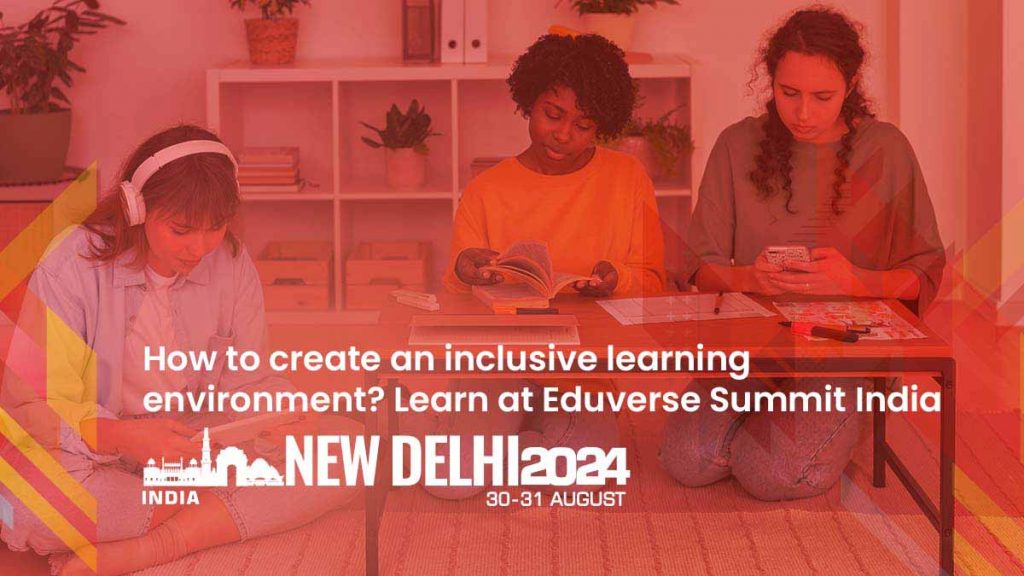Understanding inclusivity in education
Inclusivity in education refers to a learning environment that ensures every student, irrespective of background, ability, or identity, is valued and supported. It recognizes the fact that students have diverse needs and, at the same time, gives them equality in access to learning opportunities. An inclusive learning environment means equity, diversity, and participation in the learning process by all students.
Importance of Inclusivity
- Promotes equity and access: Inclusivity ensures that all students with an equal chance of success, especially those from disadvantaged or under-represented groups, are entitled to equity and access. It smoothes out systemic barriers that create a way for all the students to tap into maximum academic success.
- Enhances learning outcomes: Research has shown that students in inclusive settings have better academic and social outcomes. Students feel included and engaged and are driven toward the delivery of good learning outcomes.
- Preparing students to live in a diverse world: The learning environment is inclusive of everybody, just like the society in which we live is diverse. It prepares students to work and collaborate with people from different backgrounds with essential skills inculcated in them, such as empathy, cultural competence, and global awareness.
Strategies for creating an inclusive learning environment
Developing an inclusive learning environment is not just achieved with a single strategy. There are some key strategies that professionals in higher education could consider to adopt:
- Universal Design for Learning (UDL): It is a framework for designing the way information is taught and accessed and the way understanding is demonstrated. It considers learning for all human beings. Creating flexible learning environments allows them to accommodate individual learning differences. UDL principles guide educators in the designing of a curriculum that offers multiple means of representation, engagement, and expression.
- Promote culturally responsive teaching: This is the knowledge of students’ cultural background and using such knowledge within pedagogy. It means showing respect for the culture and integrating it with all aspects of the learning process. By doing so, it makes the learning relevant, among other advantages, including the affirmation of the cultural identity of the student.
- Create an inclusive classroom culture: Developing a classroom culture that respects and includes diversity requires one to set expectations on respectful behavior, create opportunities for all students to voice their opinions, and address any sort of discrimination and bias effectively when it happens.
- Use technologies: Technology can play a huge part in supporting inclusivity within education. Some of the helpful technologies that could help learners with disabilities access and make use of the curriculum include text-to-speech software, audiobooks, and adaptive learning platforms.
- Professional development for educators: Educators need in-service professional development to understand and practice inclusivity at different levels, from the classroom level to organizational systems. Training sessions, workshops, and seminars on inclusivity, diversity, and equity will help educators acquire the necessary skills and know-how to fully implement inclusion practices.
Community engagement: The participation of community organizations and families in the learning process makes it more inclusive. The collaboration functions in a way where “the community provides support for the learners and, in turn, enhances learners’ environments and their experiences through various perspectives.”
Challenges and Solutions
Implementation of inclusive practices in higher education comes across a few challenges. These are resistance to change, lack of appropriate resources, and ignorance about inclusion. At Eduverse Summit India 2024, we are going to discuss how the challenges can be addressed. Register for the Summit here if you are keen to learn about potential solutions or share your thoughts on them.
Conclusion
An inclusive learning environment is not only a moral obligation but indeed a prerequisite for ensuring success in students’ endeavors and their overall well-being. As we look forward to the Eduverse Summit India 2024, we are reminded of the importance of inclusivity in education and the need to continually strive towards creating equitable, diverse, and supportive learning environments for all students.
The opportunity to participate is open to stakeholders, professionals from higher education, and educators for this international conference to drive deeper insights and concrete strategies that will shape today’s inclusive learning environment. Join the conversation towards a future with every student succeeding by registering now.






